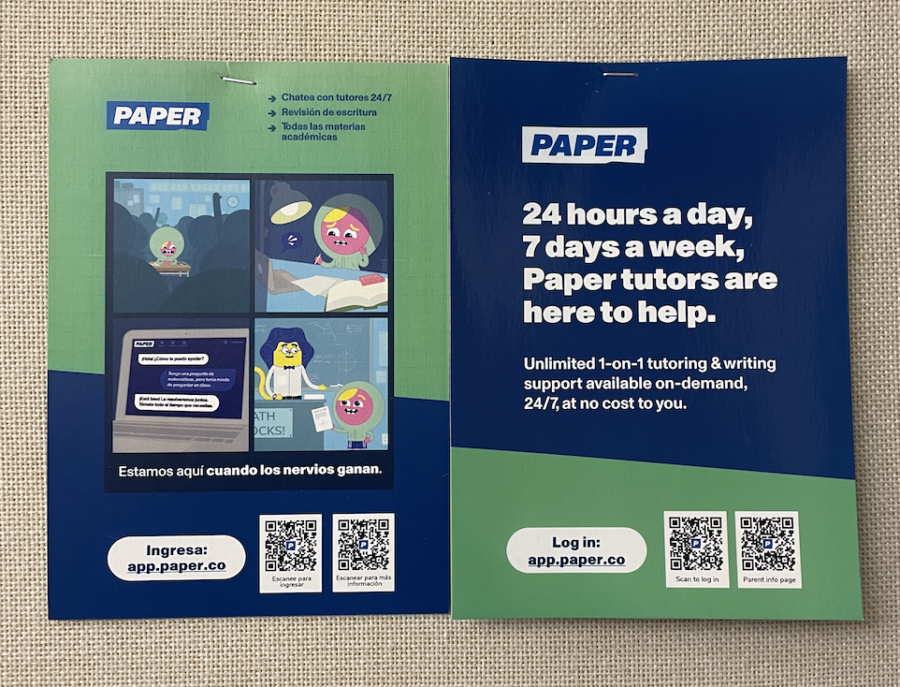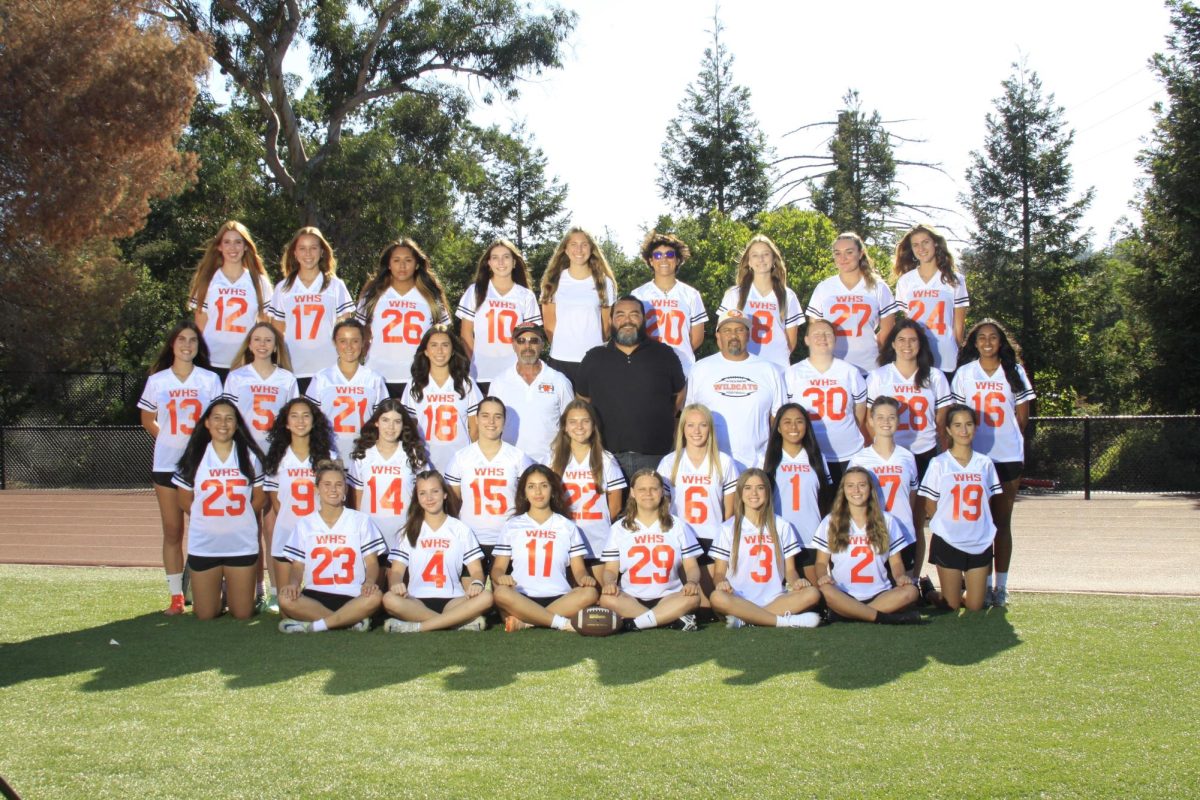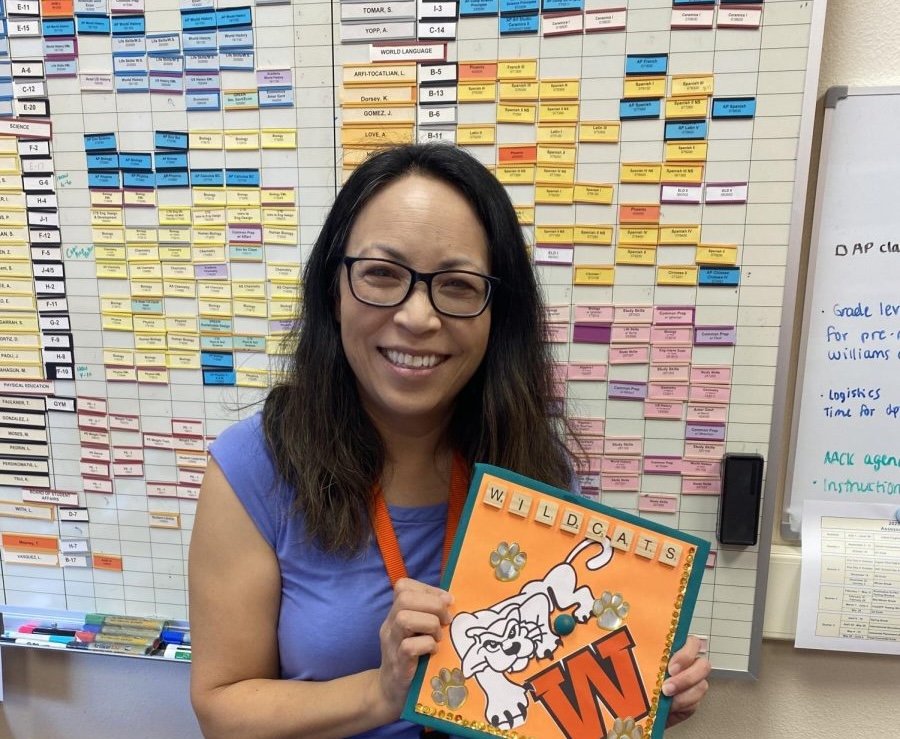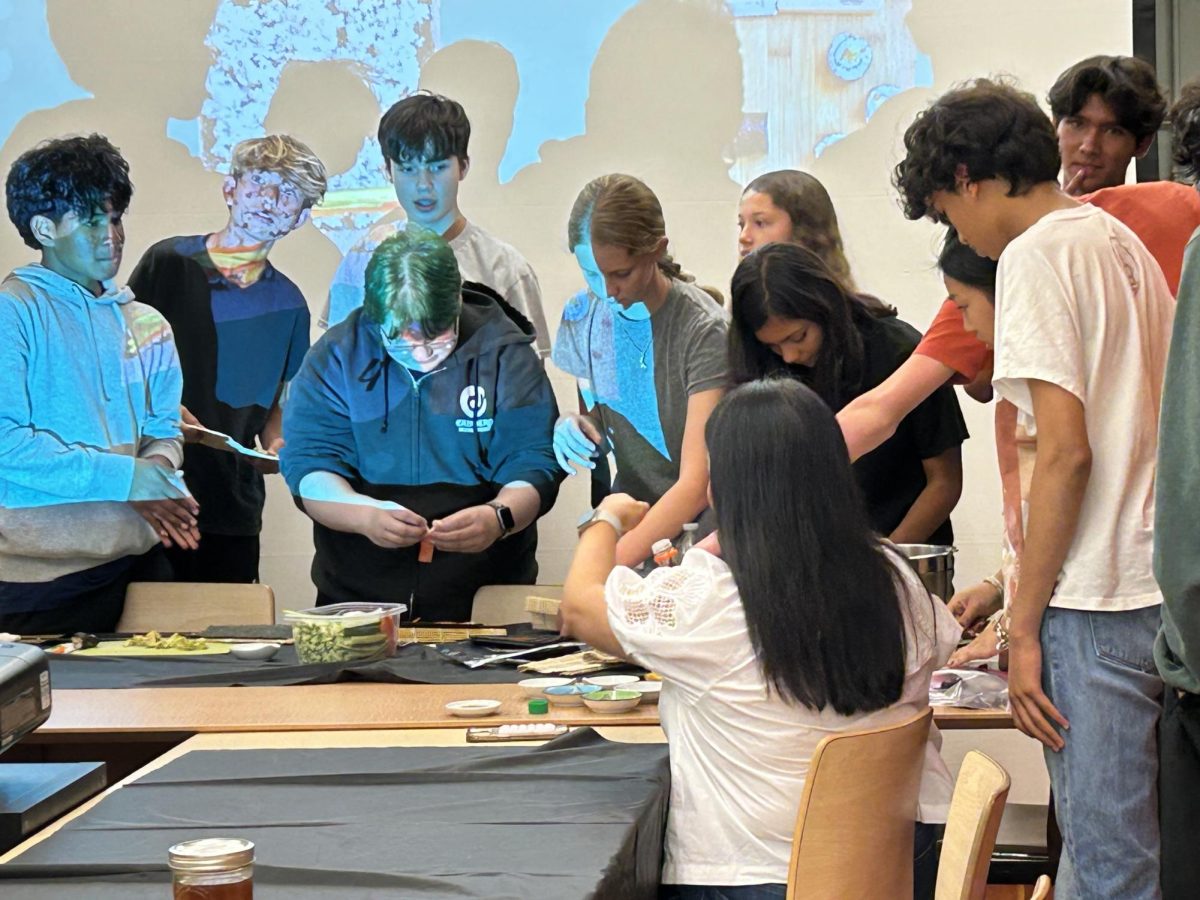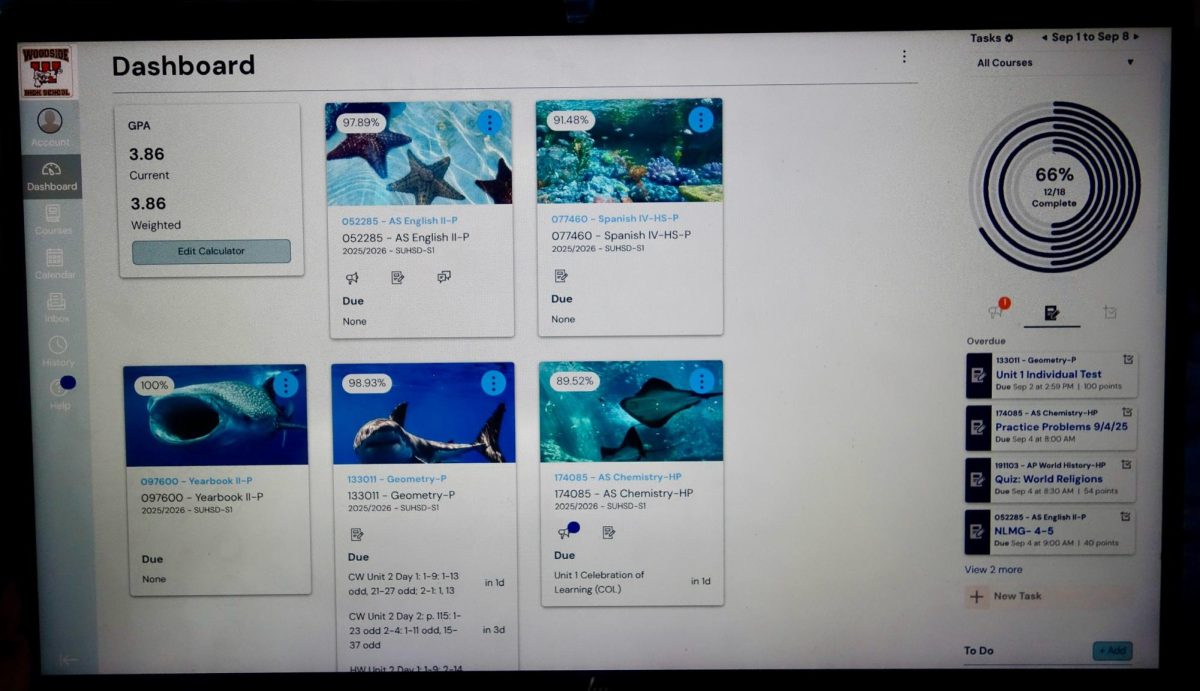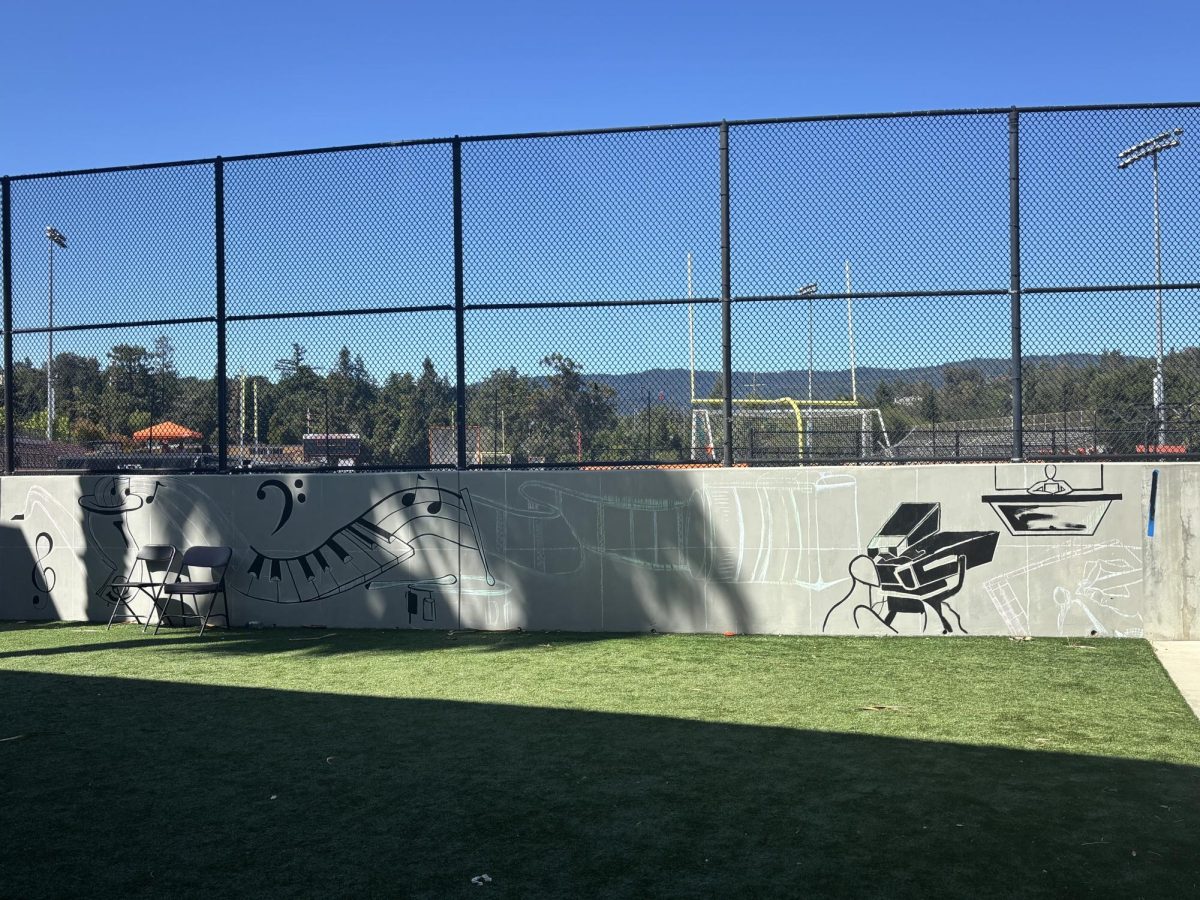Trepidation fills the air as English I students hurry to hand in one of their first major essays of the year. That is except for freshman Catherine Curtin who confidently turns in her paper after using the school-provided Paper tutoring service.
“I used Paper because I was having trouble with an English assignment,” Curtin said. “I wanted to get a good grade on it. It was very helpful, and it gave me positive feedback but also constructive criticism.”
Paper tutoring is a support system currently used by over 300 million students that provides feedback on written submissions and offers one-on-one online tutoring. The site claims to receive a 90 percent positive rating from students who use its services. With a comprehensive system, clearly, a little help couldn’t hurt, right?
In reality, students who use the platform can also find the system difficult to maneuver and receive support from, specifically with math and science-related topics.
“When I asked them the question, I kept getting bounced around between different tutors, and none of them had the right answer,” sophomore Julian Hull said. “When I found one that gave me an answer, it was wrong.”
For math and science subjects, Paper utilizes a guided question teaching method. This involves targeting what students already know and proceeding to fill in or clarify any points they’re confused about. Students can prompt this tutoring by using the live help feature that connects students instantaneously with a tutor. Paper tutors then employ a series of questions that steers students toward their final answer.
“Students get to the right answer [by] figuring out the process on their own,” Advanced Placement (AP) Literature teacher Lisa Camera said. “They don’t give you the answer. They kind of ask you questions to help you get there on your own.”
This teaching method is often confusing for students who need more concrete structure and guidance in deciding how to approach math and science problems.
“I wouldn’t say it’s very helpful [for math] because [Paper] just tells you, ‘What do you think you can do?’ and you don’t know what to do,” Curtin said.
Comparatively, students who utilize the review center feature to have their work asynchronously reviewed by tutors encounter both positive and negative experiences.
“[My AP Literature class] used [Paper] for one major argument essay that the students wrote and I would say that the reviews were mixed,” Camera said. “Some of them had really great feedback… whereas others it was just a lot of general feedback. I think it would be hard for a tutor to really make any valuable comments about content.”
The productivity of Paper, in regards to essay editing, directly depends on how comfortable and capable each tutor is in fine-tuning writing. In other words, when students use Paper, no two tutors will be the same, therefore causing discrepancies in the service they provide. For the most part, however, students are finding the advice to be irrelevant or off-topic.
“They gave some good advice, but it wasn’t really the advice that I needed,” junior Kyle Walker said. “It was just grammar and stuff, rather than content.”
To combat this issue, Camera recommends asking Paper tutors specific questions about the writing and receiving support from various tutors.
“It would be interesting to have enough time to submit a draft twice,” Camera said. “[Students can try] to get two different tutors and see how the feedback might vary.”
Paper’s turnaround time for support is very efficient, giving students time to receive additional help before turning in their assignments. While the site estimates taking around 48 hours to review student submissions, the platform often provides feedback much faster than that.
“I think it was really easy to use and we were pleasantly surprised at how quickly they were able to turn it around,” Camera said. “I want to say it was 18 hours maximum for their turnaround, which is pretty impressive.”
Besides Paper, students have access to Grammarly to receive help on the mechanics of writing such as spelling, punctuation, and clarity. With the abundance of resources at hand, Camera hopes students will take advantage of these opportunities.
“Feedback is one component, but I would say maybe even the greater strength is the immediate support they can get right away,” Camera said. “Any feedback is better than no feedback.”



